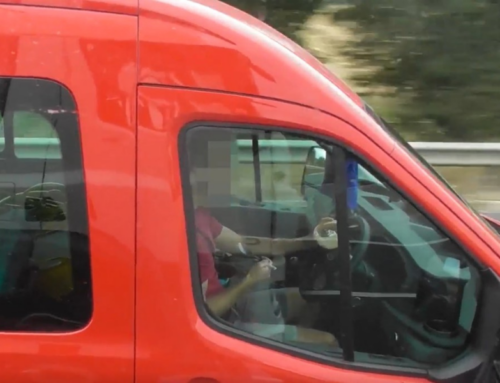COVID-19 will have many long-lasting effects on how we manage those who drive for work – and not least on those who have to travel on business but don’t have a company car.
With all but non-essential business travel curtailed over the last three months, we were forced to work from home where we could and use a variety of video conferencing platforms to stay in touch. Many businesses have reported that they fully intend to continue with this new way of working because their staff have proved to be more productive with the travel element removed from their daily lives, and this has certainly been the case for the team at Driving for Better Business.
The financial benefits are potentially enormous, with less office space required, much smaller utility bills, less need for expensive office furniture and the obvious reduction in travel and subsistence costs. Productivity should continue to remain high because staff with a long commute will be less fatigued and more alert, while those who used to travel a lot will regain all the time they previously spent stuck in traffic jams.
All of this is really good news. With heightened concern over the economic damage wrought by the lockdown, firms are understandably focused on controlling costs more than ever and creating lean businesses that have the best chance for survival as the economy recovers.
There is one glaring problem, though, that is potentially going unrecognised is boardrooms across the country and creating significant business risk, as well a new and uncontrollable cost element – and that is the group of employees I mentioned at the start who use their own cars for work – your grey fleet.
Are you one of the 53%?
Research carried out by Driving for Better Business last year showed that 53% of the 250+ C-suite executive directors we surveyed had a fundamental misunderstanding of their legal responsibilities in this area.
To be clear – the ownership of the vehicle is irrelevant as far as risk management is concerned. If a car is being used to make a business journey, whether owned by the company or the driver, the company has a responsibility to ensure that it is suitable, is roadworthy and is driven safely. You cannot simply throw your arms in the air and declare “Nothing to do with me, guv! That’s Frank’s car – it’s down to him”.
What are the main concerns?
Insurance: As firms downsize their offices, many employees who used to commute by car to the office could now be reclassified as home-based. This means that even an occasional drive to the office is no longer classified as commuting because the employee’s normal place of work is home. It now becomes a ‘business journey’ and will not normally be covered by a private motoring policy without specifically requesting cover for business use. This extra cover is often free or available at a small cost but you must make your staff aware that it is necessary.
Maintenance: According to DVSA figures obtained through an FOI request by motorway.co.uk, and reported by Fleet News, only 2 million MOTs have been carried out since 31st March where there were 7 million tests carried out in the same period last year. Before COVID-19, the UK’s grey fleet was thought to comprise around 14 million private cars. So, taking into account the fact that a lot of routine servicing and maintenance has also been missed with garages closed during the lockdown, a significant proportion of grey fleet vehicles may have roadworthiness issues.
Old Vehicles: Less business travel could make company car owners question whether the personal tax implications are worth the benefit. There has already been a massive increase in interest for second hand cars, primarily at the cheaper end of the market, from commuters trying to avoid public transport and many of these could also end up being used for occasional work journeys. Older second hand cars won’t have the same level of safety technology and equipment as a newer company car, and will likely have greater reliability issues.
Driving for Work Policy: As I mentioned earlier, the ownership of the vehicle is irrelevant, and we know that many companies only share their Driving for Work policy or handbook with those staff who drive company vehicles – they forget about those driving their own cars for work, or else they haven’t realised the need to. Make sure you review your Driving for Work policy in light of any changes caused by COVID-19 and share it with EVERYONE who may drive for work.
Your grey fleet may be about to explode – make sure you’re prepared.






